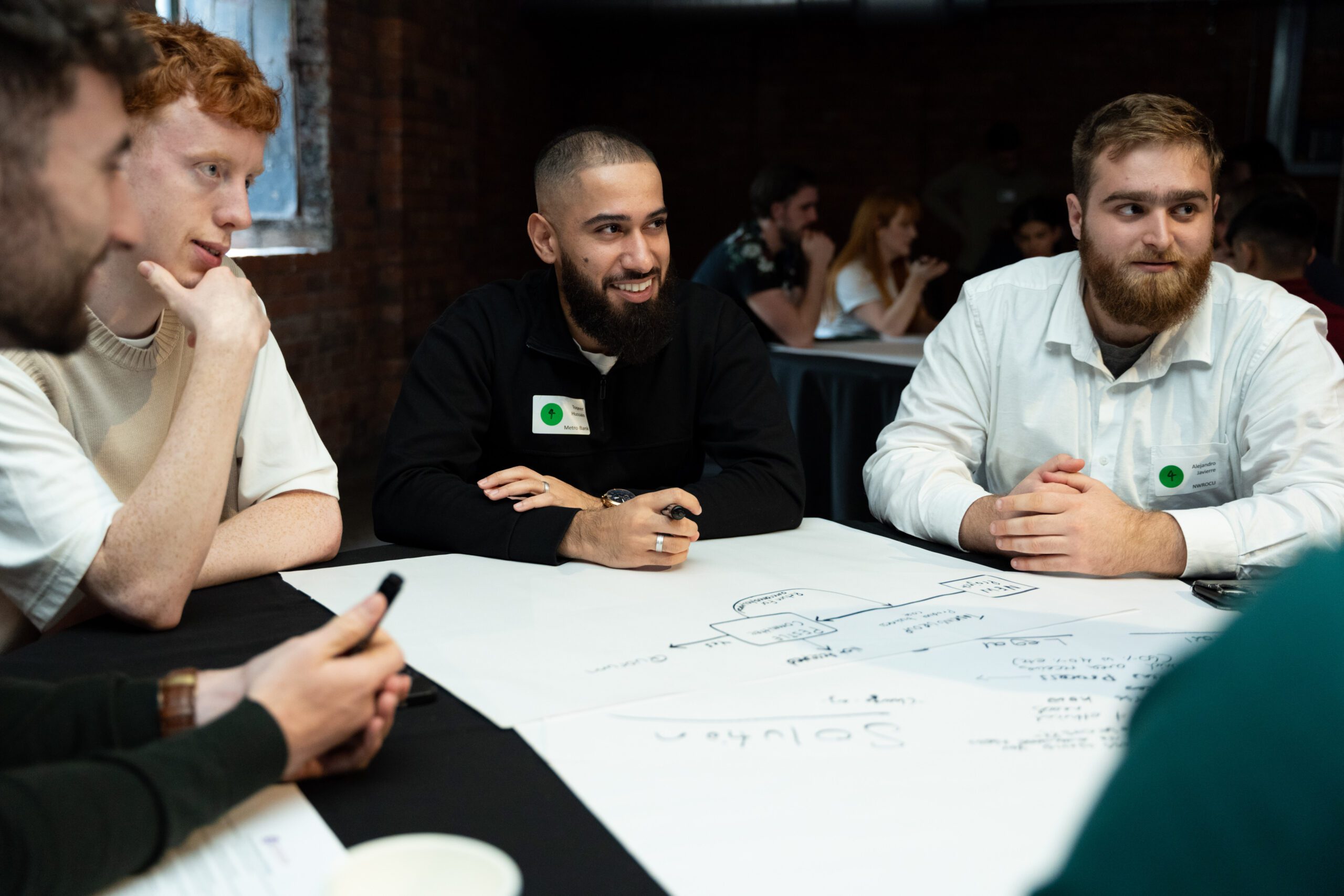
What is the 70:20:10 learning model?
Find out why the 70:20:10 learning model works for the emerging workforce
Learning & Development is a $130 billion global market. Employers across the world are investing heavily in training, but it’s often unclear how this is benefitting employees and the organisation as a whole.
With such large investment but fewer than 45% of organisations having a written business plan for learning, it’s clear that organisations believe L&D is a priority, but there is still much confusion around the most effective learning approaches and their results.
Unlike in the past, classroom-based learning is just one of a whole host of options available for us to develop our skills. Today, we’re constantly presented with information from the moment we wake up until we fall asleep. From YouTube videos and podcasts to webinars, games – and more. But the ubiquitous presence of information doesn’t mean that we’re absorbing it. In fact, we’re said to only remember 10% of what we read and 20% of what we hear. So, the availability of information isn’t the problem, rather the question is: what’s the best way to retain it?
Skills gap
This question is one that Learning & Development professionals have been grappling with for decades. And with the current half-life of technical skills at just two and a half years, skills development is a hot topic for employers. The shift to remote working and rapid digital transformation prompted by COVID-19 has only brought concerns about the skills gap and future employability into sharper focus.
One learning model that’s proved to be enduringly popular is the 70:20:10 approach. This method posits that a combination of 70% experiential learning, 20% social learning and 10% formal learning is a highly effective way to learn information and develop skills.
Traditional training
Traditionally, the go-to learning approach from employers was a ‘push’ model. At a specified time, employees listened to lectures in a classroom, then they returned to work. This effectiveness of this type of training was often measured by a tick in a box for attendance and little else.
It’s understandable then that employees developed a negative perception of training as a time-consuming, burdensome activity that sits outside of employees’ day-to-day responsibilities.
It’s also important to note that our brains struggle to digest and retain large volumes of information at once – such as is typically given in lectures. German psychologist, Hermann Ebbinghaus’ spaced learning theory suggests that ‘learning is better when the same amount of study is spread out over periods of time than it is when it occurs closer together or at the same time.’
Introducing the 70:20:10 learning model
In the 1980s a different approach began with the 70:20:10 learning model. It purports that new knowledge is obtained through 70% experiential learning, 20% social learning and 10% formal training.
70% experiential learningLearning from experience
- Action learning & problem solving
- Placements, internships
- Shadowing, self-directed & incidental learning
- Projects and assignments
20% social learningLearning momentum
- Communities of practice
- Subject matter networks
- Collaboration platforms
- Coaching / Mentoring
- Feedback
10% formal learningStructured learning
- Accredited qualifications
- Lectures
- Workshops
- Webinars
- eLearning
This ‘pull’ approach views learning as a continuous, ongoing process, with training naturally embedded into employees’ roles. 70:20:10 offers a holistic approach which supports learning in the flow of work through a combination of different learning experiences.
At Grayce, we use the 70:20:10 learning model to shape graduates into well-rounded change professionals on our Development Programme. This development philosophy allows the best emerging talent to drive their own development and make a real impact on client site from day one.
What is Microlearning?
It’s important to remember that the 70:20:10 model is not fixed. It’s not about getting a perfect division of learning types. Rather, employers should use this as a guideline for the recommended blend of learning needed. The optimum mix will depend on the learners and the organisation.
70:20:10 promotes context as key. It flexes to work for the learners and the organisation. Since the inception of 70:20:10 in the 1980s, our working world has radically changed. It makes sense then that the flexibility afforded by this approach and the importance of context would welcome new learning innovations. Looking at the context of today, how can 70:20:10 adapt to accommodate our digital world and the emerging workforce?
Many employers are curious about how they can adapt their training programmes to accommodate Gen Z’s needs. A recent offshoot of 70:20:10 that’s gained momentum is microlearning. As the name suggests, this training style champions small, frequent learning interventions. Learning is delivered in small chunks of short-term activities. This specific, focused content is easy to digest and process quickly.
According to a Software Advice report, more than 50% of employees would use learning tools more if courses were shorter. Long, lecture-style learning is a very unnatural method for the emerging workforce. Indeed, a Boyette study found that 94% of L&D leaders prefer microlearning to traditional courses because learners also prefer it.
Gen Z’s learning style
When we look at the typical life of the emerging workforce, we can see that their learning behaviours are unique. Whether conscious of it or not, they have been lifelong digital learners. Information has always been a click, text or tweet away.
Deloitte estimates that more than 24 million people have tried online education, and most young employees today come to work ready and excited to build their job skills through online learning. It would likely then be very jarring to enter a workplace and find that learning is confined to the classroom and only happens through textbooks and lectures. Employers need to capitalise on the digital empowerment and entrepreneurial spirit of the emerging workforce if they want to succeed.




